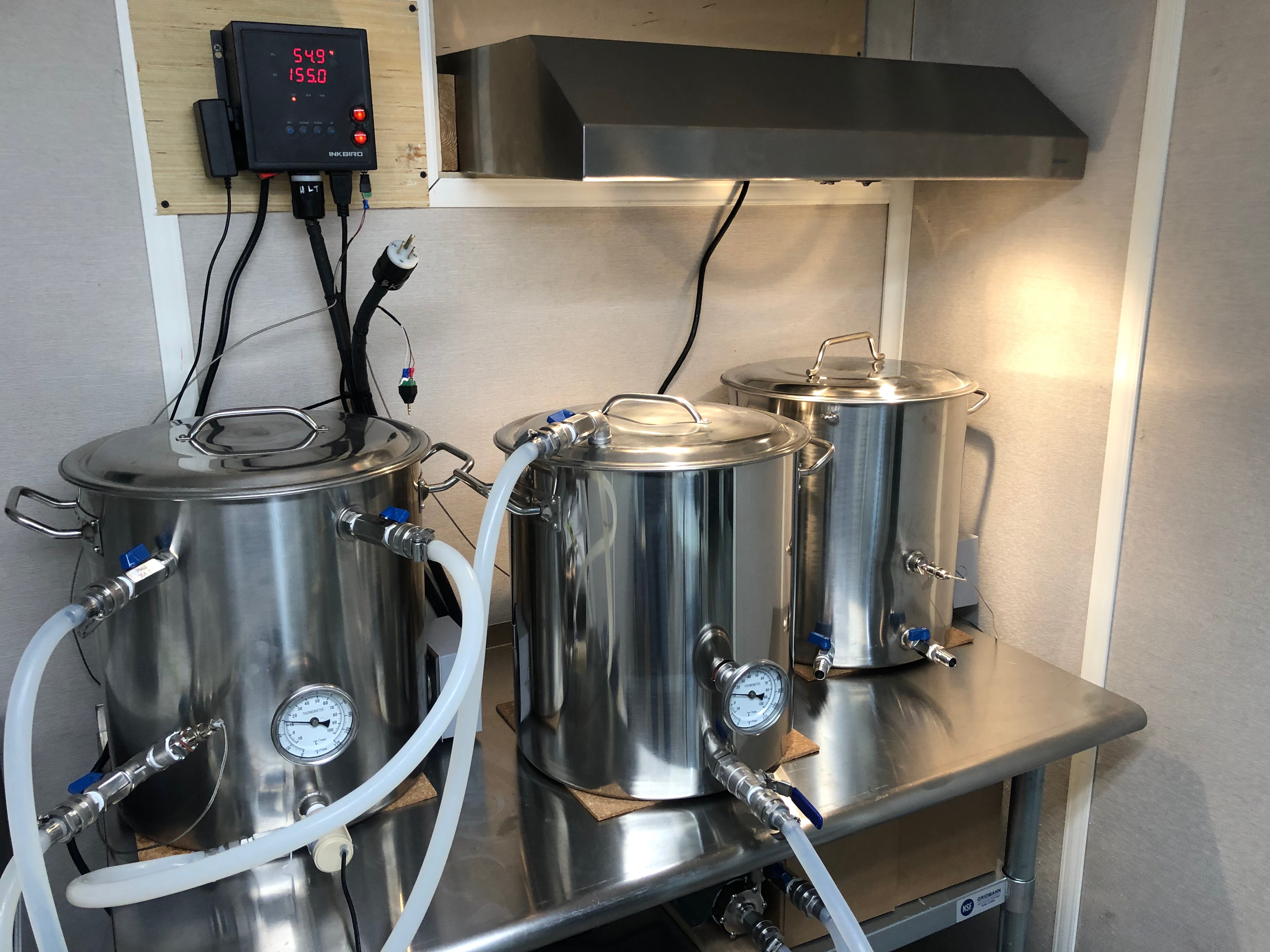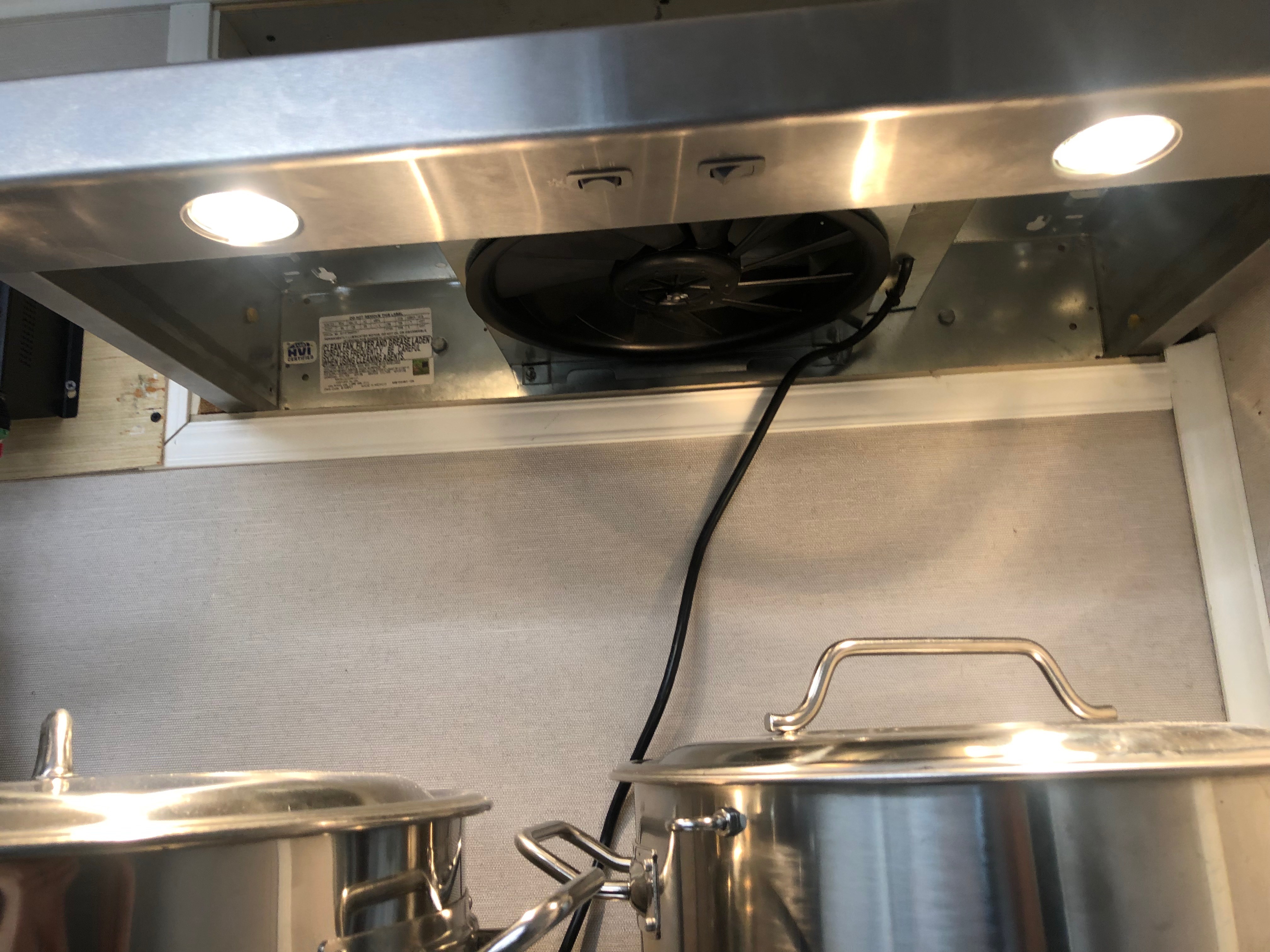I went and purchased a range hood to install over my boil kettle. I installed it last weekend and used it for the first time a couple of days ago. It works pretty well. Probably could have gone a bit more powerful but was trying to be budget friendly.
My issue: some of the steam seems to be condensing when it gets past the filters and touches the underside of the hood and the fan. It's condensing and collecting on the filters and I need to continually wipe them off.
After researching the topic, I've found that a condensate hood was probably better suited to brewing. However those are pricey and I know ive seen people on this forum with range hoods. So, questions...
1. Those with range hoods, how do you handle the steam condensing? Do you use the regular aluminum filters like what comes standard or do you use a different kind of filter that maybe absorbs better?
2. Anyone know of a source for a cheap condensate hood? All the ones im seeing are $1200 bucks or more and don't want to spend that much currently.
3. In general, what do you guys do about the steam when brewing indoors?
Thanks

My issue: some of the steam seems to be condensing when it gets past the filters and touches the underside of the hood and the fan. It's condensing and collecting on the filters and I need to continually wipe them off.
After researching the topic, I've found that a condensate hood was probably better suited to brewing. However those are pricey and I know ive seen people on this forum with range hoods. So, questions...
1. Those with range hoods, how do you handle the steam condensing? Do you use the regular aluminum filters like what comes standard or do you use a different kind of filter that maybe absorbs better?
2. Anyone know of a source for a cheap condensate hood? All the ones im seeing are $1200 bucks or more and don't want to spend that much currently.
3. In general, what do you guys do about the steam when brewing indoors?
Thanks






























































![Craft A Brew - Safale BE-256 Yeast - Fermentis - Belgian Ale Dry Yeast - For Belgian & Strong Ales - Ingredients for Home Brewing - Beer Making Supplies - [3 Pack]](https://m.media-amazon.com/images/I/51bcKEwQmWL._SL500_.jpg)

